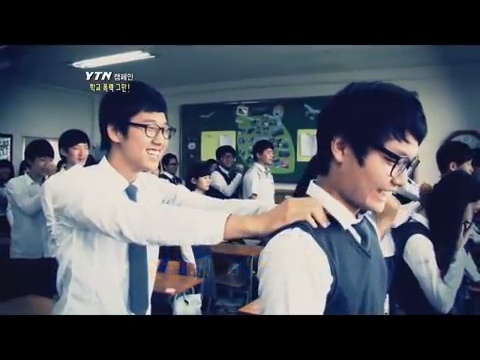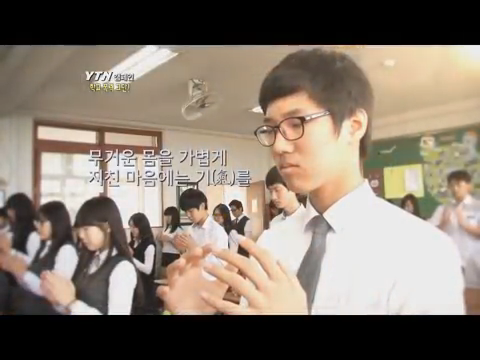The Brain Education Happy School Campaign aims to integrate the principles of Brain Education, fostering educational environments that not only utilize the brain efficiently but also encourage mutual understanding, while endorsing smoke-free and violence-free atmospheres. Initiated in 2007 through collaboration between the International Brain Education Association and the University of Brain Education, the Regional Brain Education Associations played a central role in its facilitation. By 2013, the campaign reached approximately 550 schools.



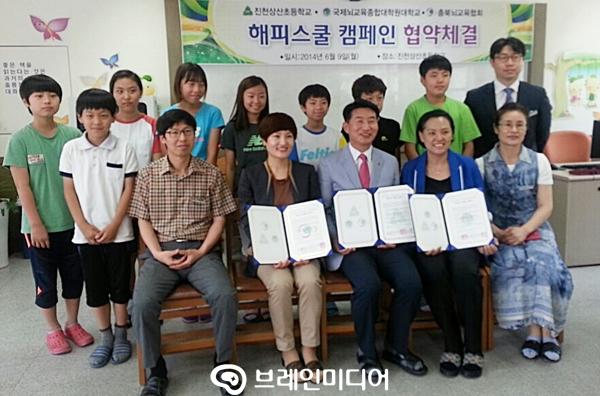



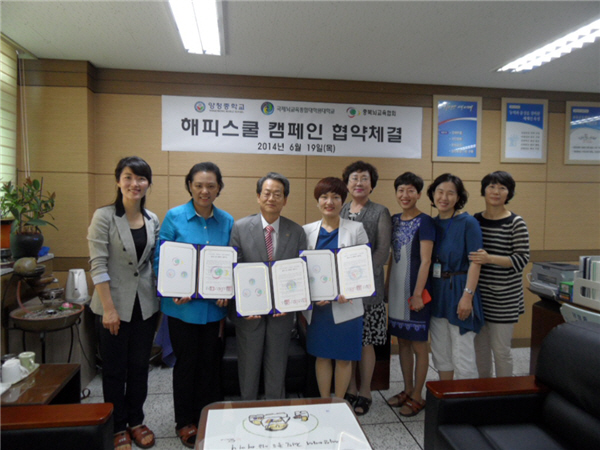
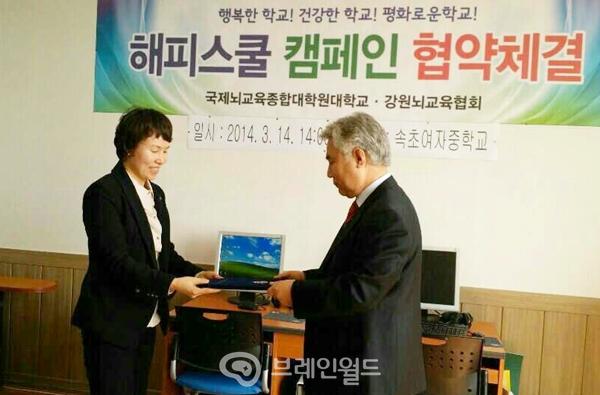
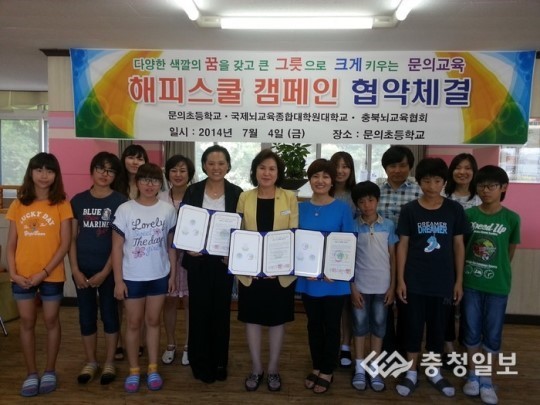
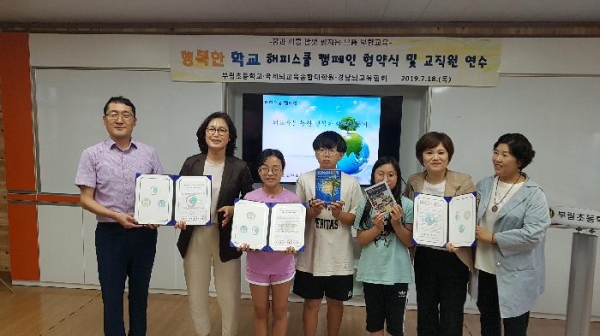


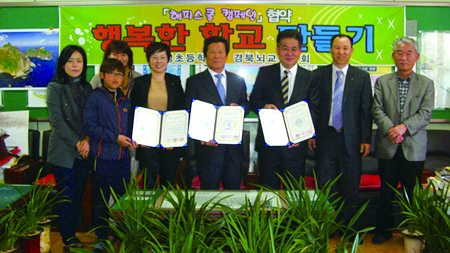
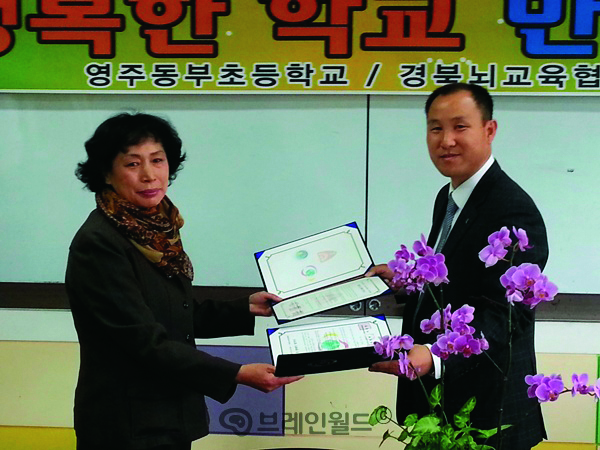
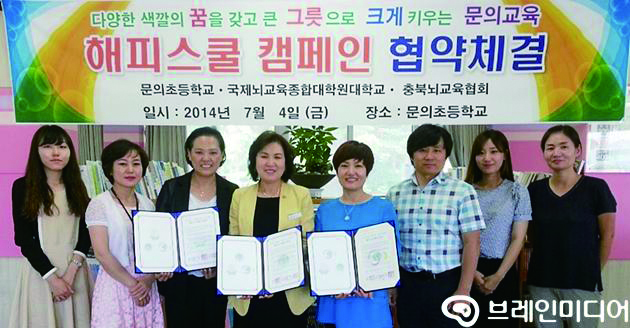
Subsequently, the Happy School Campaign transitioned into the “Brain Utilization Happy Education” program spearheaded by the University of Brain Education. This program’s goal is to foster a school culture emphasizing the holistic development of students, covering physical, emotional, and cognitive aspects. Orchestrated by the Institute of Character Education, an affiliate of the University of Brain Education, the program encompasses training of professional instructors, school management consulting, and tailored workshops for educators and parents. For an in-depth look at Brain Utilization Happy Education, please refer to the Institute of Character Education at insung.ube.ac.kr.
Schools engaged with the Happy School initiative received a video CD encapsulating foundational Brain Education activities. This compilation introduces brain-stimulating training methods, including brain exercises, Brain Education meditation, love-exchange activities, and the HSP Gym. These partner schools seamlessly integrated the content, ensuring students encountered Brain Education via succinct 5-to-10-minute broadcast lessons.
Further augmenting this initiative, the Regional Brain Education Associations dispatched instructors to participating schools, enriching students and educators through immersive seminars and hands-on workshops.
As a testament to its impact, the campaign has elevated student character, focus, self-guided learning, and stress management capabilities. In tandem, it has metamorphosed school cultures, making them brighter and more inclusive.
Core Activities of the Happy School Campaign


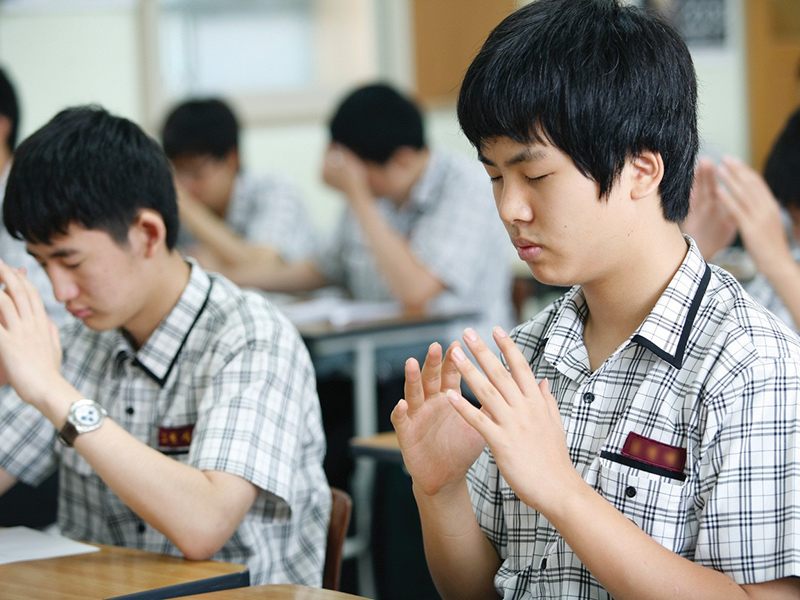
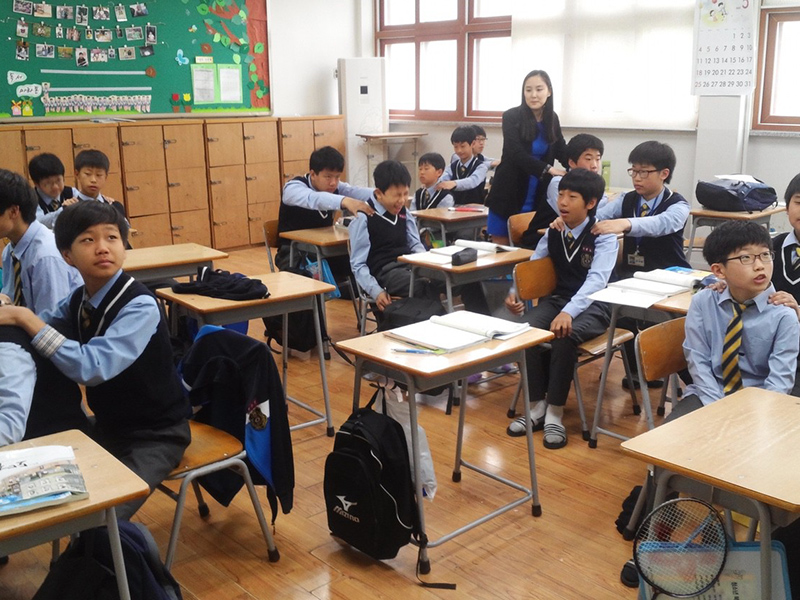
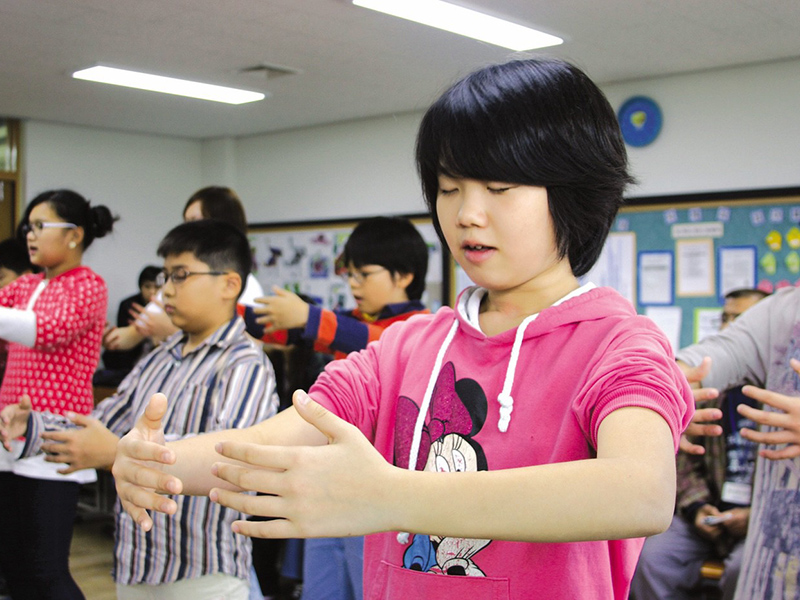
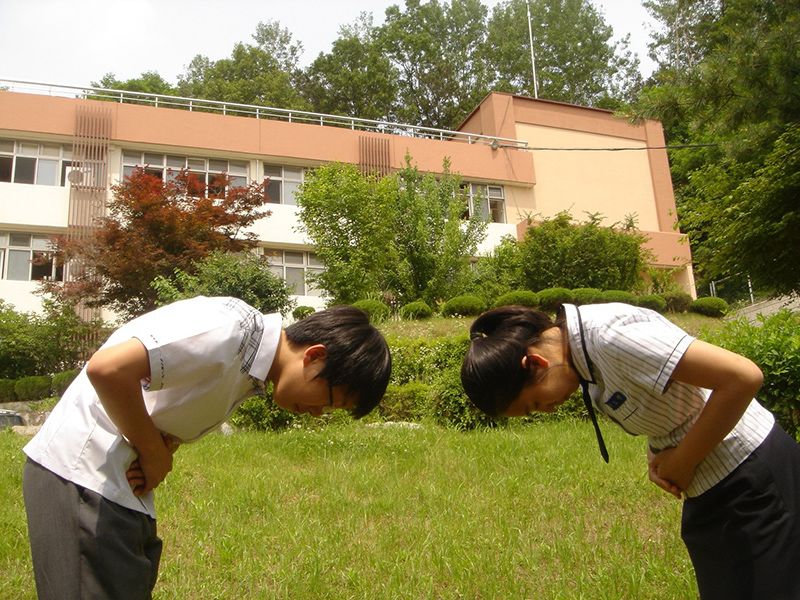
From Knowledge-Based Education to Experiential Learning
– Excerpt from BRAIN Volume 37 (Published November 2012) (전체 기사 보기 →)
Brain Education Goes to School
At the beginning of this year, as the calls for solutions to school violence grew louder, a case study showcasing how Brain Education reduced school violence drew significant attention. In a “Brain Expo” held last April, teacher Lee Hwa-young from Incheon Mechanical Engineering High School presented that during his tenure at Dohwa Mechanical Engineering High School, he implemented Brain Education meditation for all the students there, which resulted in a reduction of school violence by more than 60%.
Around the time he was assigned to this school, Dohwa Mechanical High, a vocational school in Incheon, was grappling with unchecked school violence. Once Lee started conducting Brain Education meditation for an hour every morning with his class, the atmosphere began to shift. Unlike other classes at the vocational high school where three or four students would typically be absent, his class experienced a dramatic reduction in absenteeism, nearly matching the attendance rate of academic-track high schools. The overall class environment improved, leading to an average grade increase of more than 10 points.
Seizing the momentum, in 2010, Lee collaborated with a Regional Brain Education Association and joined the Happy School Campaign. He then conducted Brain Education meditation during morning assemblies for all students. In the following semester, after surveying 340 second-year students and 226 third-year students, findings showed that instances of school violence, including running errands for bullies, theft of money or items, and general harassment, had decreased by more than 60%.
What might be the reason behind Brain Education’s efficacy in reducing school violence? Teacher Lee Hwa-young postulates, “Adolescence is a turbulent phase characterized by impulsiveness and heightened emotions. Practicing Brain Education meditation increases the happiness-regulating hormone serotonin, reducing stress and violent tendencies, and therefore enhancing impulse control.” Essentially, the physical and emotional changes brought about by Brain Education played a pivotal role in curbing school violence.
Indeed, the effectiveness of meditation in relieving stress and emotional stability is well-recognized. In particular, the Brain Education programs provided to schools through the Happy School initiative, which includes meditation and brain exercises, are known to substantially improve students’ concentration and emotional regulation.
A study conducted by Professor Oh Mi-kyung from the University of Brain Education in 2010 revealed positive effects on concentration, metacognition, emotional regulation, and physical regulation among 269 elementary school students after a 10-week Happy School program.
One of the most critical abilities strengthened by Brain Education is metacognition. Metacognition, the sense of self-awareness, plays a crucial role in learning abilities alongside IQ and motivation.
Experts in Brain Education point out that victims or perpetrators of school violence are often students with lower academic performances. As metacognitive skills are enhanced through Brain Education meditation, students develop a greater ability for self-reflection. As academic performance improves, students naturally distance themselves from school violence.
Solving issues that public schools encounter through Brain Education
While system improvements to address school violence are essential, professionals and institutions practicing Brain Education emphasize the priority of changing the school’s culture first. Chungbuk Hyungseok High School is a model school, creating a happy school culture through the Happy School campaign.
The school adopted the Brain Education program in September 2009 in collaboration with the University of Brain Education. Principal Yeon Kyung-heum remarked, “Seeing students start their day listlessly due to entrance exam stress, we aimed to create a healthier school and introduced the Brain Education Happy School program.”
Hyungseok High School implemented a five-step Brain Education program from the Happy School project, utilizing breathing exercises, meditation, and brain exercises. After practicing Brainwave Vibration Meditation and brain exercises every morning at 8 am for three years, students’ concentration improved, and incidents of violence within the school notably decreased.
A significant focus of the Happy School project at Hyungseok High School was to establish a happy school culture. Teacher Lee Yoon-sung, who led the project, mentioned, “The ‘Love Hand Day,’ where we express love to one another, played a significant role in changing the school’s atmosphere.” The consistent practice of celebrating ‘Love Hand Day’ every Friday played a crucial role in transforming the school culture and was even featured on YTN to promote the school violence prevention campaign.

